Pierre Chouteau (10 October 1758–10 July 1849) and his half-brother Auguste[1]Pierre was christened Jean Pierre but seldom used his full name. Auguste is sometimes referred to as René Auguste, the same name as his father, the co-founder of St. Louis. William E. Foley and C. … Continue reading were already pivotal figures in the St. Louis fur trade when the Lewis and Clark Expedition arrived in 1803. They primarily traded with the Osage, and during the expedition’s winter stay in St. Louis, Pierre organized the first delegation of Missouri-based Native Americans to travel to Washington City.
Pierre’s influence did not diminish after the expedition left St. Louis. He witnessed the controversial treaty negotiation on 3 November 1804, between William Henry Harrison and the Sauk and Fox—a treaty that led to the infamous Black Hawk War of 1832.[2]Letters of the Lewis and Clark Expedition with Related Documents: 1783–1854, ed. Donald Jackson (Urbana: University of Illinois Press, 1978), 247n5; Charles Callender, Handbook of North American … Continue reading In 1808, he became the American agent and commissioner of the Osage. Pierre, Auguste, and their direct descendants would be involved in 56 treaties with various Nations.[3]List compiled from William Foley and David Rice and Paul Edmond Beckwith, Creoles of St. Louis (St. Louis: Nixon-Jones Printing Co., 1893) by Stan Hoig, The Chouteaus: First Family of the Fur Trade … Continue reading
Pierre’s role in fostering relations and negotiating treaties with various tribes helped pave the way for further exploration and settlement in the region. His contributions to the fur trade and his diplomatic efforts exemplified a legacy that shaped the early history of St. Louis and its interactions with Native American tribes.
The entire Chouteau family’s legacy is chronicled in various historical documents and books, such as those written by William E. Foley and C. David Rice, as well as Stan Hoig, which provide an in-depth look at their contributions to the fur trade and their lasting impact on St. Louis.
Related Pages
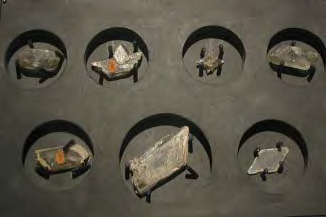

Although not nearly as celebrated as their botanical and zoological work, Lewis and Clark collected a multitude of mineralogical specimens throughout the expedition.
February 18, 1804
An Osage delegation
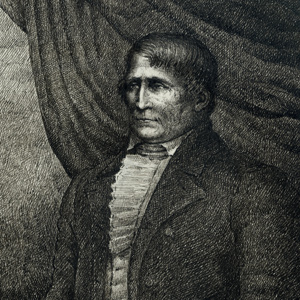

From Wood River, Lewis works with St. Louis fur trader Pierre Chouteau to send a delegation of Osage to Washington City. In a letter, Lewis encourages Chouteau to take the group himself.
February 20, 1804
Working in St. Louis
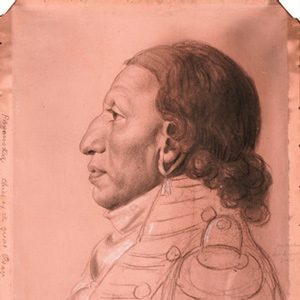

Based on his letter of 18 February, Lewis likely follows through on his promise to join Clark in St. Louis today. There, he helps Pierre Chouteau organize an Osage delegation bound for Washington City.
April 21, 1804
Chouteau's Osage delegation
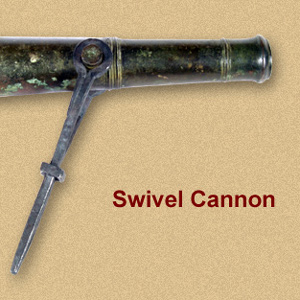

Across the Mississippi, a cannon is heard and soon after 22 Osage Indians arrive escorted by trader Pierre Chouteau. The captains accompany the delegation to St. Louis leaving Sgt. Ordway in charge.
May 2, 1804
St. Louis preparations
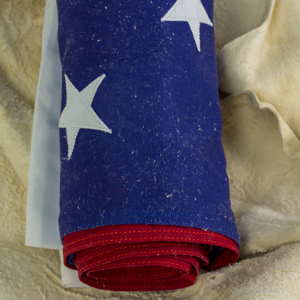

In St. Louis, Lewis writes Clark regarding seven French engagés and the enlisted men’s pay. He sends flags, mosquito netting, and shirts to Clark who is managing the winter camp across the Mississippi.
May 3, 1804
Chouteau's Osage delegation
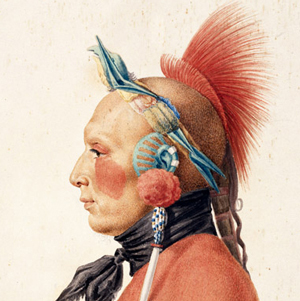

From St. Louis and Camp River Dubois, Lewis and Clark write letters of introduction for Pierre Chouteau who will soon take a delegation of Osage to Washington City. Trader Manuel Lisa visits Clark.
May 18, 1804
Shifting the cargo


Based on what was learned coming up the Missouri, Clark shifts weight to the front of the boats. Drouillard leaves for St. Louis where Lewis is working. Some of the men dance with St. Charles ladies.
May 31, 1804
Osage disbelief


Strong winds force the expedition to remain near present-day Chamois, Missouri. Some traders heading down report that the Osage People do not believe that their homeland is now part of the United States.
May 22, 1805
Passing Grouse Creek


After a wind delay, the men tow the boats sixteen miles up the Missouri along present-day Charles M. Russell National Wildlife Refuge. They pass “grows Creek,” named for the many grouse seen there.
June 15, 1805
Sacagawea deteriorates
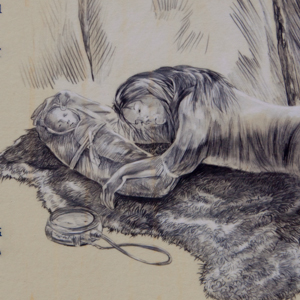

Below the Great Falls of the Missouri, Sacagawea‘s health deteriorates, and Charbonneau asks her to return home. Several miles ahead, Lewis fishes and describes a prairie rattlesnake in minute detail.
September 3, 1806
News from home


Moving down the Missouri, they meet a group of traders who tell them that Jefferson is again president and that Alexander Hamilton died in a duel with Aaron Burr. They camp above present Sioux City, Iowa.
September 23, 1806
St. Louis homecoming
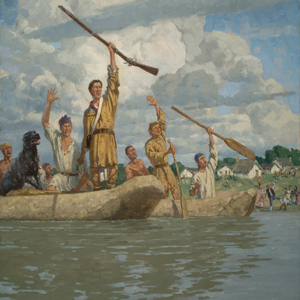

Around noon, the expedition celebrates its St. Louis homecoming. The captains work on letters to President Jefferson and Clark’s brother Jonathan telling of their findings.
The Charbonneaus in St. Louis
by Robert J. Moore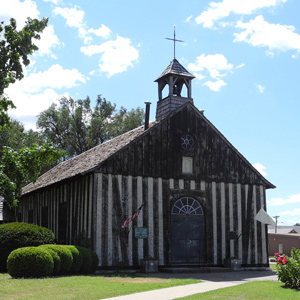

In 1809, Toussaint, Sacagawea, and Jean Baptiste Charbonneau traveled to St. Louis. Jean Baptiste’s baptism began a new era in his life, is father would try to become a farmer, and Sacagawea would become sickly.
Notes
| ↑1 | Pierre was christened Jean Pierre but seldom used his full name. Auguste is sometimes referred to as René Auguste, the same name as his father, the co-founder of St. Louis. William E. Foley and C. David Rice, The First Chouteaus: River Barons of Early St. Louis (Urbana: University of Illinois Press, 1983), ix. |
|---|---|
| ↑2 | Letters of the Lewis and Clark Expedition with Related Documents: 1783–1854, ed. Donald Jackson (Urbana: University of Illinois Press, 1978), 247n5; Charles Callender, Handbook of North American Indians: Northeast Vol. 15, ed. Bruce G. Trigger (Washington, D.C.: Smithsonian Institution, 1978), 651–653. |
| ↑3 | List compiled from William Foley and David Rice and Paul Edmond Beckwith, Creoles of St. Louis (St. Louis: Nixon-Jones Printing Co., 1893) by Stan Hoig, The Chouteaus: First Family of the Fur Trade (Albuquerque: University of New Mexico Press, 2008), 261–264. |
Experience the Lewis and Clark Trail
The Lewis and Clark Trail Experience—our sister site at lewisandclark.travel—connects the world to people and places on the Lewis and Clark Trail.
Discover More
- The Lewis and Clark Expedition: Day by Day by Gary E. Moulton (University of Nebraska Press, 2018). The story in prose, 14 May 1804–23 September 1806.
- The Lewis and Clark Journals: An American Epic of Discovery (abridged) by Gary E. Moulton (University of Nebraska Press, 2003). Selected journal excerpts, 14 May 1804–23 September 1806.
- The Lewis and Clark Journals. by Gary E. Moulton (University of Nebraska Press, 1983–2001). The complete story in 13 volumes.

